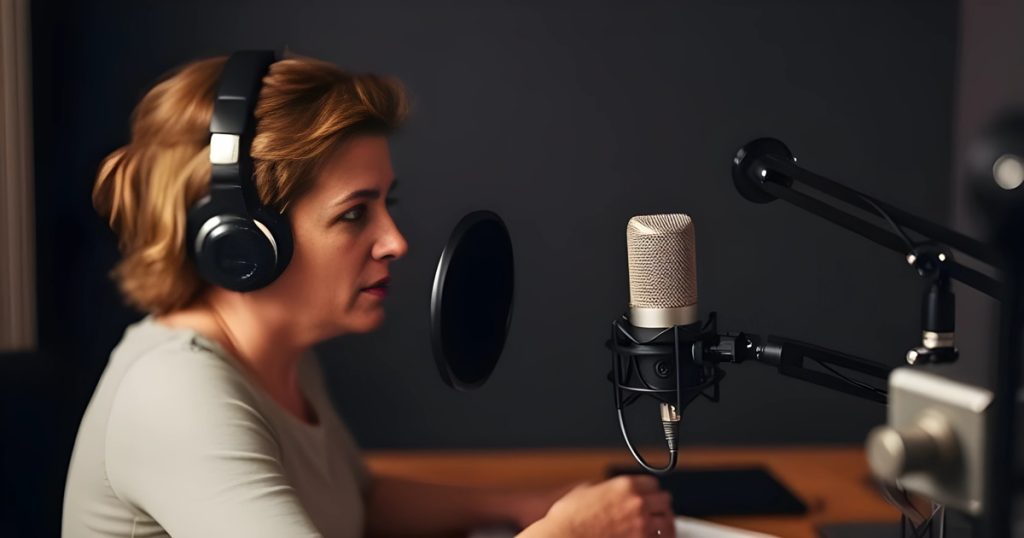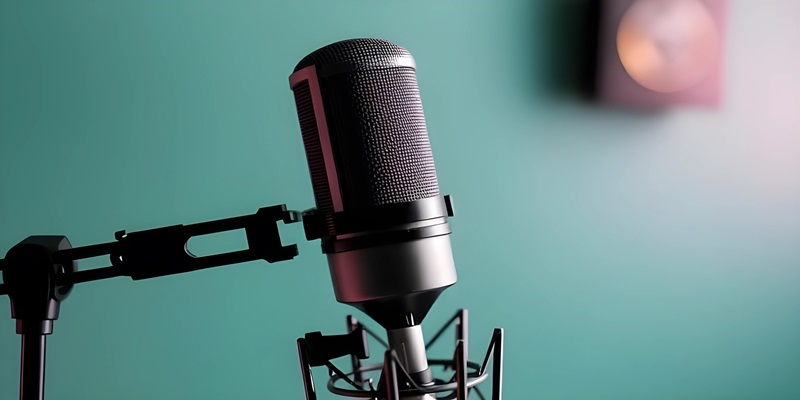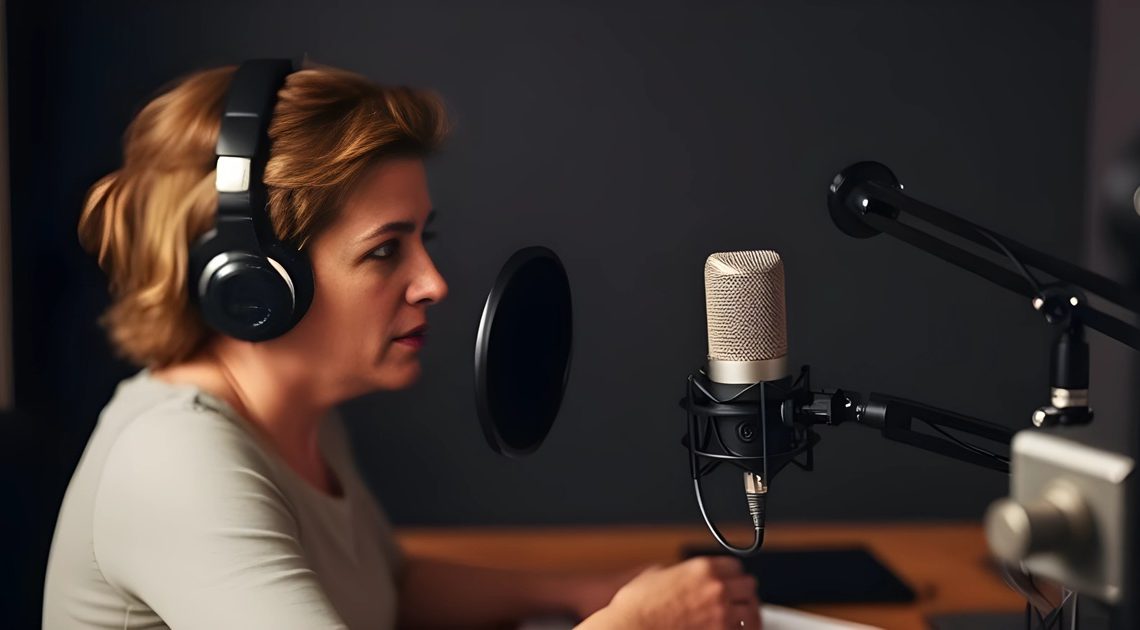Podcasting has become one of the most popular ways to share ideas, stories, and expertise with a global audience. Whether you’re passionate about a niche topic or want to build a community around your brand, how to start a podcast is easier than you might think. This guide will walk you through the entire process, from planning to publishing, ensuring you have everything you need to launch your show successfully.
Why Start a Podcast?
Before diving into the technical details, it’s important to understand why podcasting is such a powerful medium. Podcasts allow you to connect with your audience on a personal level, offering a unique blend of intimacy and convenience. Listeners can tune in while commuting, working out, or relaxing at home. Plus, with over 460 million podcast listeners worldwide, the potential to grow your audience is immense.
If you’ve been wondering how to start a podcast, now is the perfect time to take the leap. Let’s break down the steps to get you started.

Step 1: Define Your Podcast’s Purpose and Niche
The first step in starting a podcast is to define its purpose. Ask yourself:
- What is the main goal of your podcast?
- Who is your target audience?
- What unique value will your show provide?
Choosing a niche is crucial. Instead of covering broad topics, focus on a specific area where you can stand out. For example, instead of a general “health podcast,” you could create a show about “mindful eating for busy professionals.” This specificity helps attract a dedicated audience.
Step 2: Plan Your Content and Format
Once you’ve identified your niche, it’s time to plan your content. Consider the following:
- Episode Structure: Will your podcast be solo, interview-based, or a mix of both?
- Episode Length: Most podcasts range from 20 minutes to an hour, depending on the topic and audience preferences.
- Frequency: Decide how often you’ll release new episodes—weekly, bi-weekly, or monthly.
Creating a content calendar can help you stay organized. Outline your first few episodes, including topics, guests (if applicable), and key talking points.
Step 3: Invest in the Right Equipment
While you don’t need to break the bank, investing in quality equipment is essential for producing a professional-sounding podcast. Here’s a basic setup to get started:
- Microphone: A good USB microphone like the Blue Yeti or Audio-Technica ATR2100x is ideal for beginners.
- Headphones: Closed-back headphones help you monitor audio quality while recording.
- Pop Filter: This reduces plosive sounds (like “p” and “b”) for clearer audio.
- Recording Software: Free tools like Audacity or GarageBand are great for beginners.
As you grow, you can upgrade to more advanced equipment, but starting with the basics is perfectly fine.
Step 4: Record and Edit Your Episodes
Recording your first episode can feel intimidating, but remember, practice makes perfect. Here are some tips:
- Find a quiet, echo-free space to record.
- Speak clearly and at a consistent volume.
- Don’t worry about mistakes—they can be edited out later.
Editing is where your podcast comes to life. Use your recording software to cut out errors, add music, and enhance audio quality. If editing feels overwhelming, consider hiring a freelancer or using services like Descript or Alitu.
Step 5: Choose a Hosting Platform
To share your podcast with the world, you’ll need a hosting platform. These platforms store your audio files and distribute them to major directories like Apple Podcasts, Spotify, and Google Podcasts. Popular hosting options include:
- Buzzsprout: User-friendly and great for beginners.
- Libsyn: A reliable choice with advanced analytics.
- Anchor: Free and easy to use, with built-in monetization options.
Once you’ve uploaded your episodes, your hosting platform will generate an RSS feed. Submit this feed to podcast directories to make your show available to listeners.
Step 6: Create Eye-Catching Artwork and Write a Compelling Description
Your podcast’s artwork and description are the first things potential listeners will see, so make them count.
- Artwork: Use bold, easy-to-read fonts and visuals that reflect your podcast’s theme. Canva is a great tool for creating professional-looking designs.
- Description: Write a concise, engaging description that explains what your podcast is about and who it’s for. Include relevant keywords to improve discoverability.
Step 7: Promote Your Podcast
Launching your podcast is just the beginning. To grow your audience, you’ll need to promote your show effectively. Here are some strategies:
- Leverage Social Media: Share clips, behind-the-scenes content, and episode updates on platforms like Instagram, Twitter, and TikTok.
- Collaborate with Guests: If you feature guests, ask them to share the episode with their audience.
- Engage with Listeners: Respond to comments, reviews, and messages to build a loyal community.
Consistency is key. The more you promote, the more your audience will grow.
Step 8: Monetize Your Podcast
Once you’ve built a steady audience, you can explore monetization options. Common methods include:
- Sponsorships: Partner with brands that align with your podcast’s theme.
- Listener Donations: Platforms like Patreon allow listeners to support your show financially.
- Merchandise: Sell branded merchandise to your audience.
Monetization takes time, so focus on creating great content and growing your audience first.

Conclusion
Learning how to start a podcast is an exciting journey that opens up endless opportunities for creativity and connection. By following these steps—defining your purpose, planning your content, investing in equipment, and promoting your show—you’ll be well on your way to podcasting success.
Remember, the most important thing is to start. Your first episode doesn’t have to be perfect; it just has to be yours. So grab your microphone, hit record, and share your voice with the world!
FAQs
The cost of starting a podcast can vary. A basic setup with a USB microphone and free editing software can cost as little as 100.
If you investinhigher−endequipmentorprofessionalservices,thecostcanincreaseto500 or more.
Not necessarily. While a larger audience can attract sponsorships, even smaller, niche audiences can be valuable to specific brands. Platforms like Patreon also allow you to monetize through listener support, regardless of audience size.
The time it takes to produce an episode depends on factors like recording length, editing complexity, and your experience level. On average, it can take 2-4 hours to produce a 30-minute episode.
Absolutely! Many hosting platforms and editing tools are designed for beginners. With a bit of practice, you’ll quickly get the hang of the technical aspects.
Consistency, promotion, and engagement are key to growing your audience. Share your episodes on social media, collaborate with other podcasters, and interact with your listeners to build a loyal community.
By following this guide, you’ll have all the tools and knowledge you need to start your podcasting journey. Happy podcasting!

